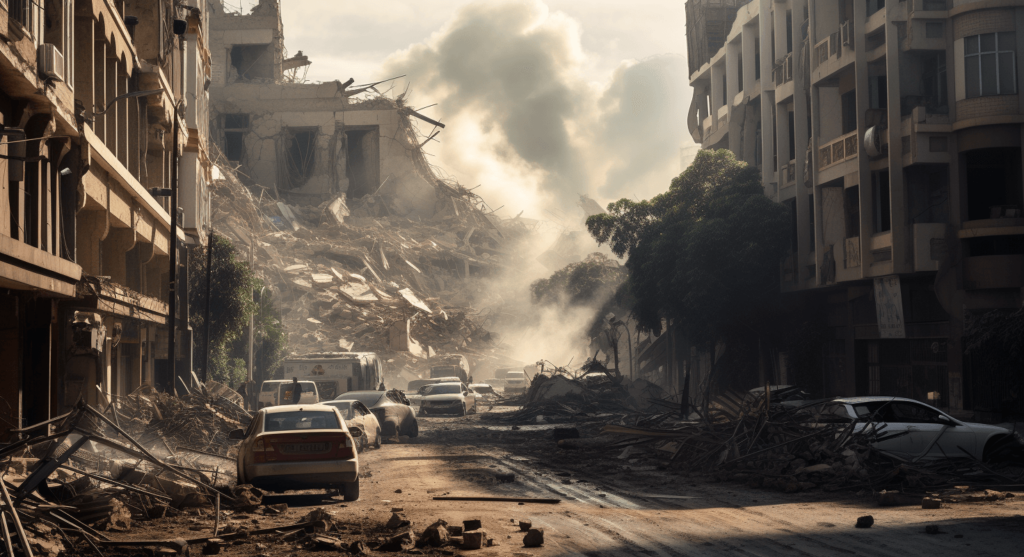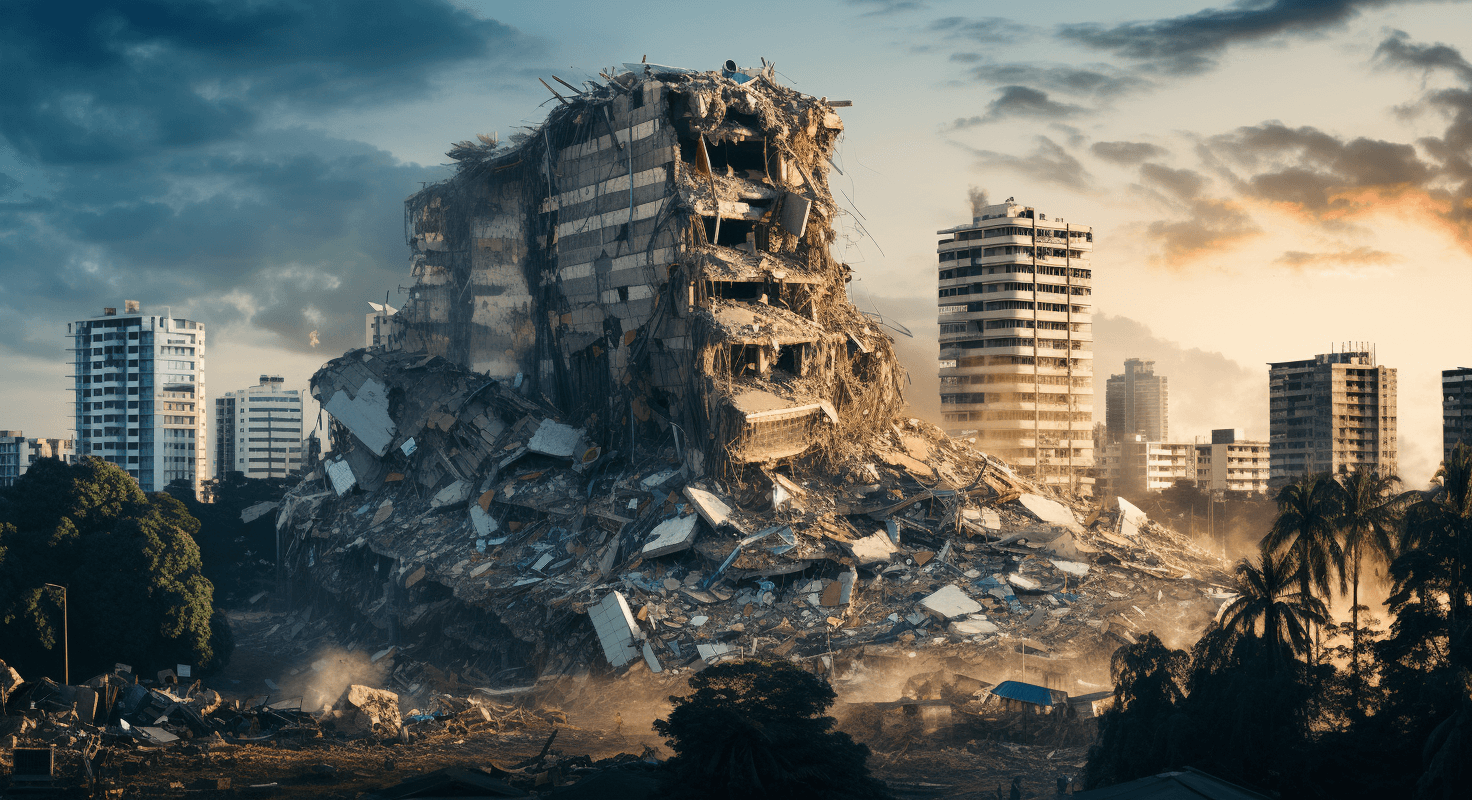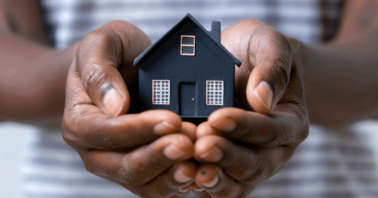In recent times, the rise of unsafe buildings and building collapses has emerged as a pressing concern, posing a significant threat to public safety. With each passing day, the numbers escalate, raising alarm bells for authorities and communities alike.
These structures, often lurking amidst the urban landscape, hold potential dangers that cannot be ignored. As we delve into the gravity of the situation, it becomes evident that the risks associated with unsafe buildings are far-reaching and demand immediate attention.
READ ALSO: Construction Site Safety: A Short Guide
This article explores the reasons behind this worrisome trend, the impact on lives and communities, and why ensuring safety in construction is not just a matter of compliance, but a vital responsibility we must all shoulder. Let’s delve into the gravity of the situation and uncover the urgency of safeguarding lives and our built environment.
Have you heard of the National Construction Authority? This is a body tasked with overseeing and regulating the construction industry in Kenya.
The National Construction Authority is seemingly unhappy with the high number of residential buildings that have collapsed within the past months. Rightfully so.
Table of Contents
The National Construction Authority’s Concern
The National Construction Authority (NCA) released a report revealing shocking findings after assessing a staggering 14,895 buildings. The assessment highlighted a distressing reality, with an alarming 10,791 buildings classified as extremely unsafe, putting the lives of thousands of Kenyans at risk.

These structures are ticking time bombs that demand immediate action, either through reinforcement or demolition, before occupation can even be considered. The report further highlighted that over 700 buildings, primarily located in informal settlements, are at critical risk of collapsing and urgently need to be demolished.
READ ALSO: Construction Laws Kenya: 6 Things You Should Know
This alarming revelation raises serious concerns about the safety and well-being of the residents in these precarious structures. Immediate action is imperative to prevent potential disasters and protect lives.
Reasons for Building Collapses: Identifying the Culprits
Let us begin with identifying the different types of building constructions. You can build a Residential Building, a Commercial Building or an Industrial Building. You can finally opt for Heavy Construction which is normally done by the Government or Multinational Corporations.
The collapses that have been witnessed have been on Residential Buildings. This carries a high risk of loss of life and loss of the tenants’ personal assets.
Woefully, there are a host of reasons why a building collapses. It could be because of natural disasters like earthquakes, floods and mudslides. It could also be due to human errors. This is what has got the National Construction Authority seething in rage. The residential buildings that have collapsed within Nairobi and its environs in the recent past have fallen apart due to human error.

One of the reasons a residential building would collapse is because of a weak foundation. It is the mandate of the contractor to ensure that the water is not too much- or too little- during the laying of the foundation. If the water is too much, the soil will swell, while little water will cause shrinkage. Erecting a construction next to a water body will also weaken the foundation over time. If the developer proceeds to complete the construction in spite of this flaw, you will start to notice cracks on the walls. Apart from cracks, there will also be water collecting on the ground floor or the basement, whether it has rained or not.
Ensuring Construction Safety: The Role of Contractors and Building Materials
During construction, the developer must also make sure to check that the appropriate building material is being used. This is while putting into consideration the corrosion that is caused by the soil type or the general geographical area one is building on. Further to this, the roofing material and windows must be installed correctly to avoid water seeping in. If any of the above goes unchecked, the strength of the construction will be compromised. This will consequently breed a collapse of the structure.
Correspondingly, if the construction material used is of poor quality, there is a high chance that the building will weaken and possibly collapse over time. The bricks, building blocks, beams, plywood and insulation material must all be of high quality. In areas like the coastal region that are prone to corrosion, the metals used must be Corrosion-Resistant like Stainless-Steel and Titanium.
Once the developer is sure that the construction process and the material used is up to par, they must certify that the strength tests are properly performed. These tests are performed throughout the entire construction phase, from start to end. They include but are not limited to; checking how much weight a structure can withstand and also using the Ultrasonic Pulse Velocity tester to check the quality of the concrete. It would be a pity if the contractor did everything right but ended up with a collapsed building that had been brought down by overloading.
In my opinion, it is more costly to pay for lives lost, damaged personal items, psychological agitation, legal fees and of course freedom than it is to actually follow the correct protocol while developing a residential building.
Bear in mind that buildings do in fact fall apart- when the center cannot hold.



